I wanted to see this show because I find it fascinating how widespread the Ladysmith Black Mambazo gospel has been. It’s not unusual to hear references to the five-time Grammy Award-winning acapella group in popular television shows like Family Guy (1999-present) or Insecure (2016-2021). Their Isicathamiya sound has even made it into movies like Coming to America (1998), Dude Where’s My Car (2000) and League of Extraordinary Gentlemen (2003).
I was also interested in seeing whether their popular style translates well to its home soil. As Ladysmith Black Mambazo spends most of their year performing abroad, their return to South Africa holds a profound place in the hearts of their loyal fans. The illustrious ensemble’s SA Legacy Tour commenced on May 24th at the Joburg Theatre and I was able to catch the end of their Johannesburg leg on May 28th. I was primarily delighted to see that the gathering was a tapestry of distinctively South African diversity.
While I ventured alone into this cacophony of collective energy, I witnessed other attendees arriving in the comfortable company of their kin and companions. Among the crowd, the tiniest of humans mingled with esteemed elders. Tourists’ thick accents reminded us that they could have caught this performance from any corner of the globe, while the familiar faces one often finds in local gatherings shared warm greetings with the intimacy of the vernacular.
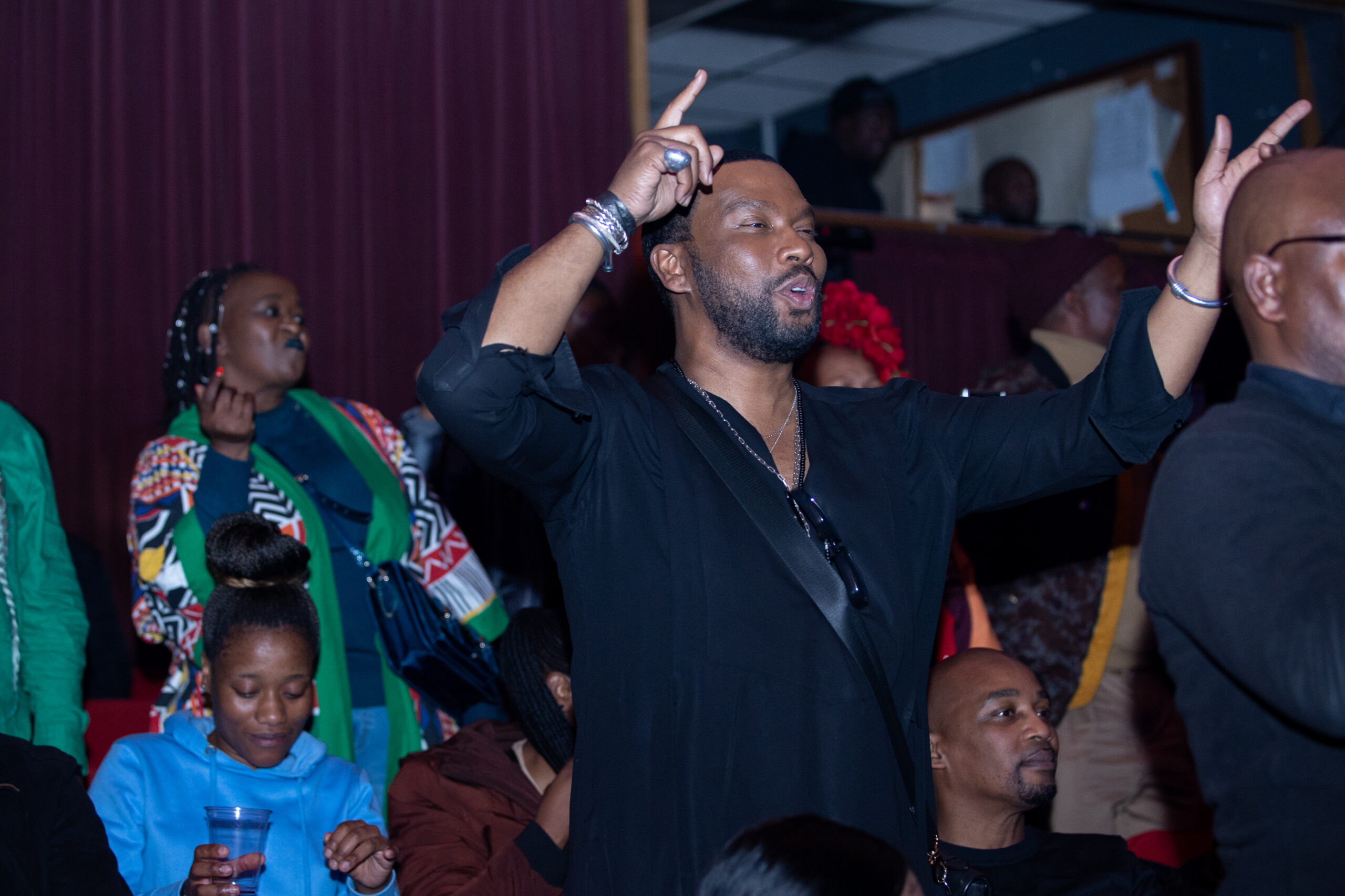
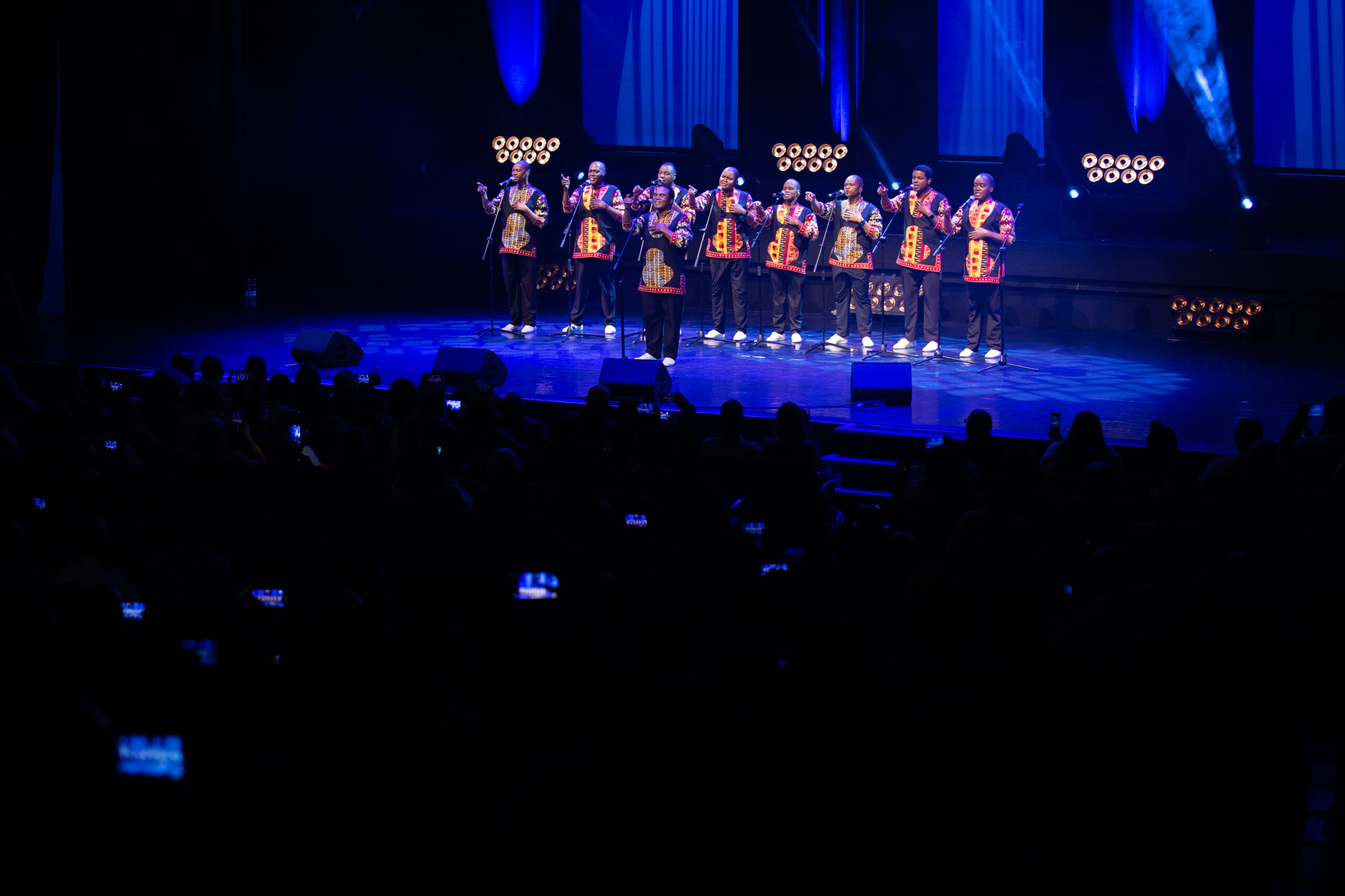
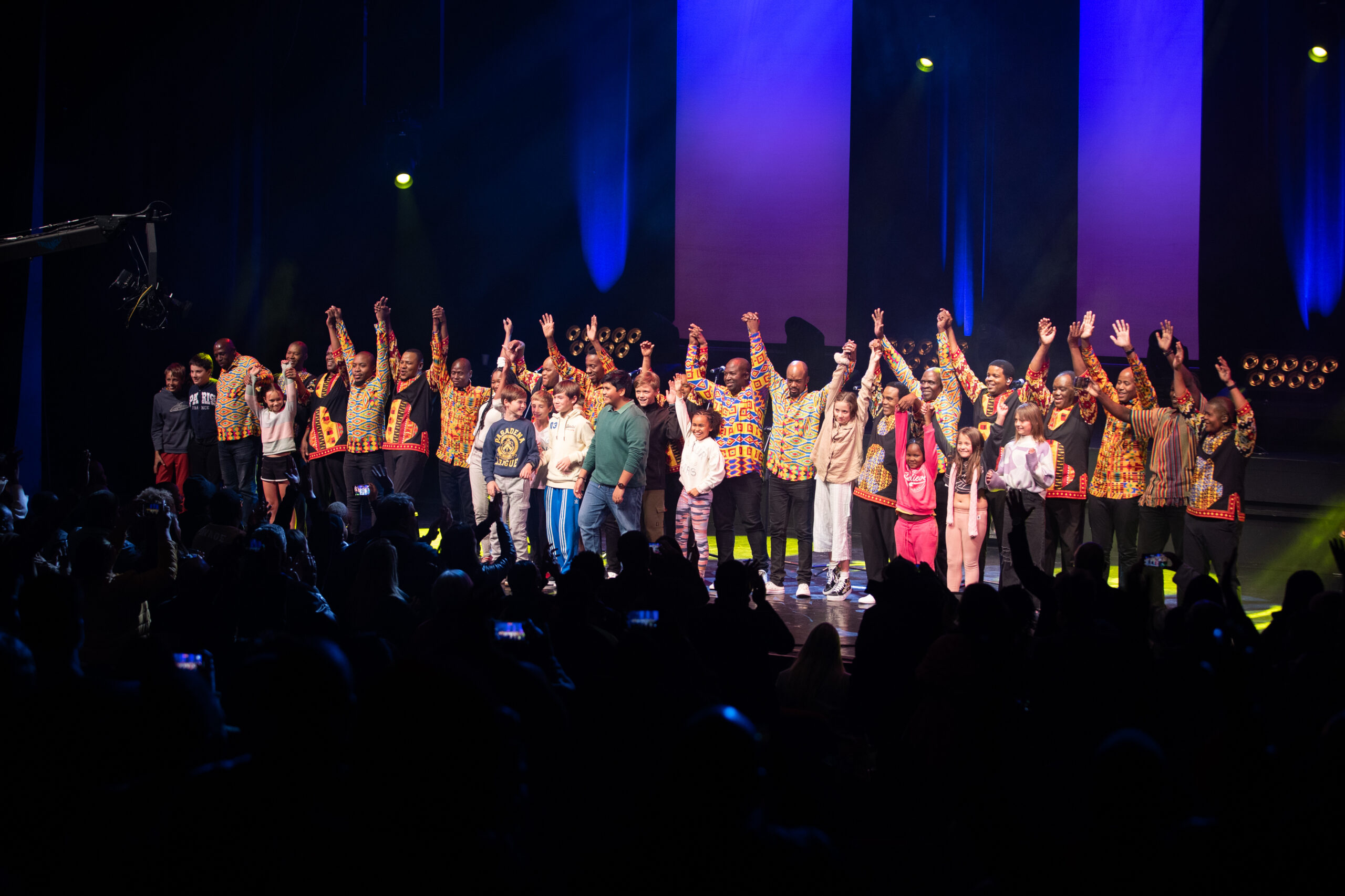
Of course, this outpouring comes as no surprise for such an accomplished act. Ladysmith Black Mambazo has released numerous albums, many of which have achieved gold and platinum certification. The group gained international recognition after collaborating with Paul Simon on his iconic Graceland (1986) album. Their musical journey has been characterised by collaborations with other global music icons such as Burna Boy, Josh Groban, Michael Jackson, Stevie Wonder, The Winans, Dolly Parton and many more.
But this performance felt distinctly familiar and local in its tone. The various members continually spoke in isiZulu during their set—something that surely would be less effective while performing abroad. Indeed, a joke was even made at the expense of audience members who have not ventured into the vernacular—lovingly of course. Most importantly, the show was an authentic homage to the group’s musical style—Isicathamiya.
Deeply rooted in Zulu culture, Isicathamiya developed in the mines and hostels of early 20th-century South Africa as a means of covert communication among mine workers. The term “Isicathamiya” translates to “walking softly” or “treading carefully” in isiZulu, reflecting the genre’s hushed harmonies and careful choreography. As its foremost proponent, Ladysmith Black Mambazo seems dedicated to preserving the style.

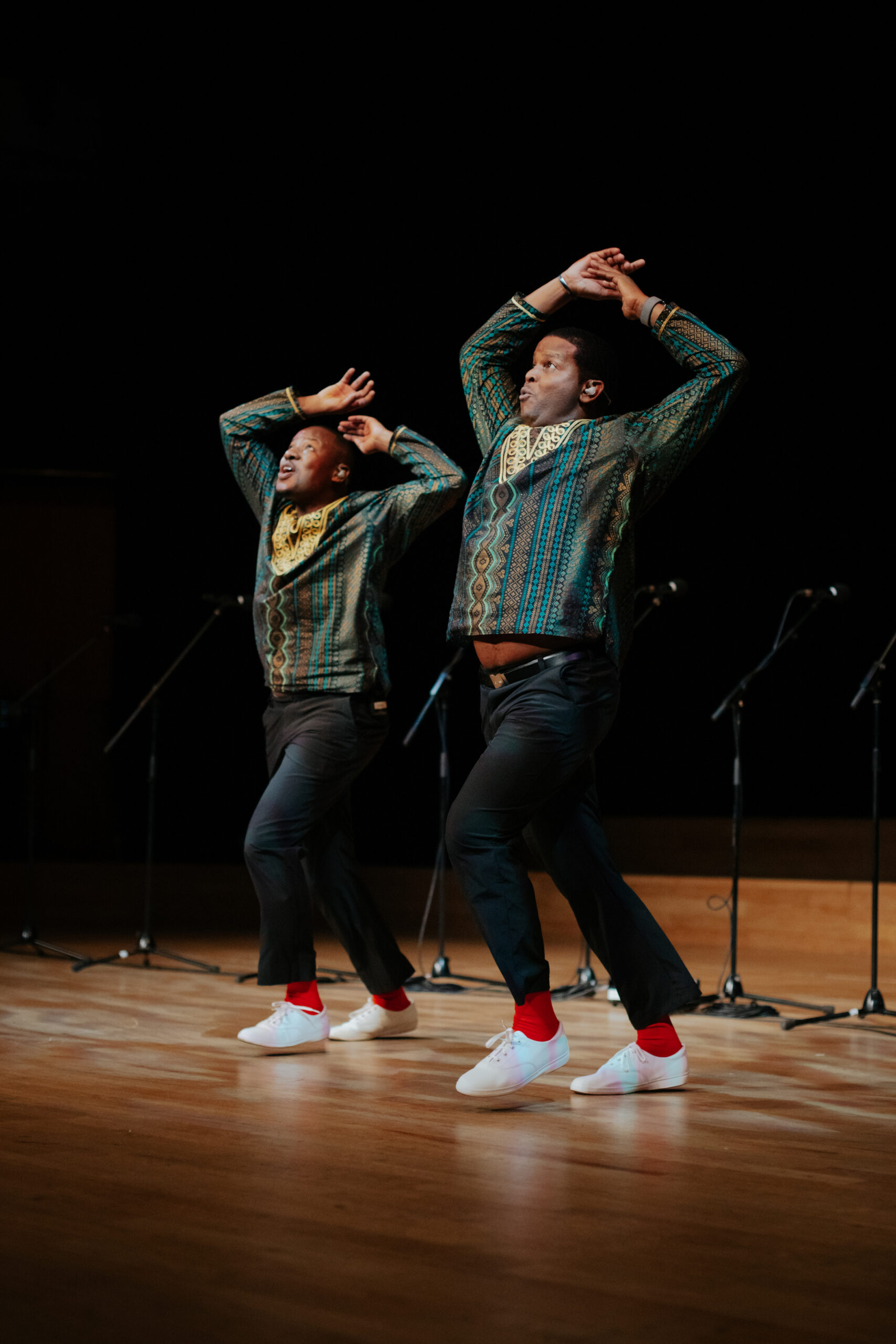
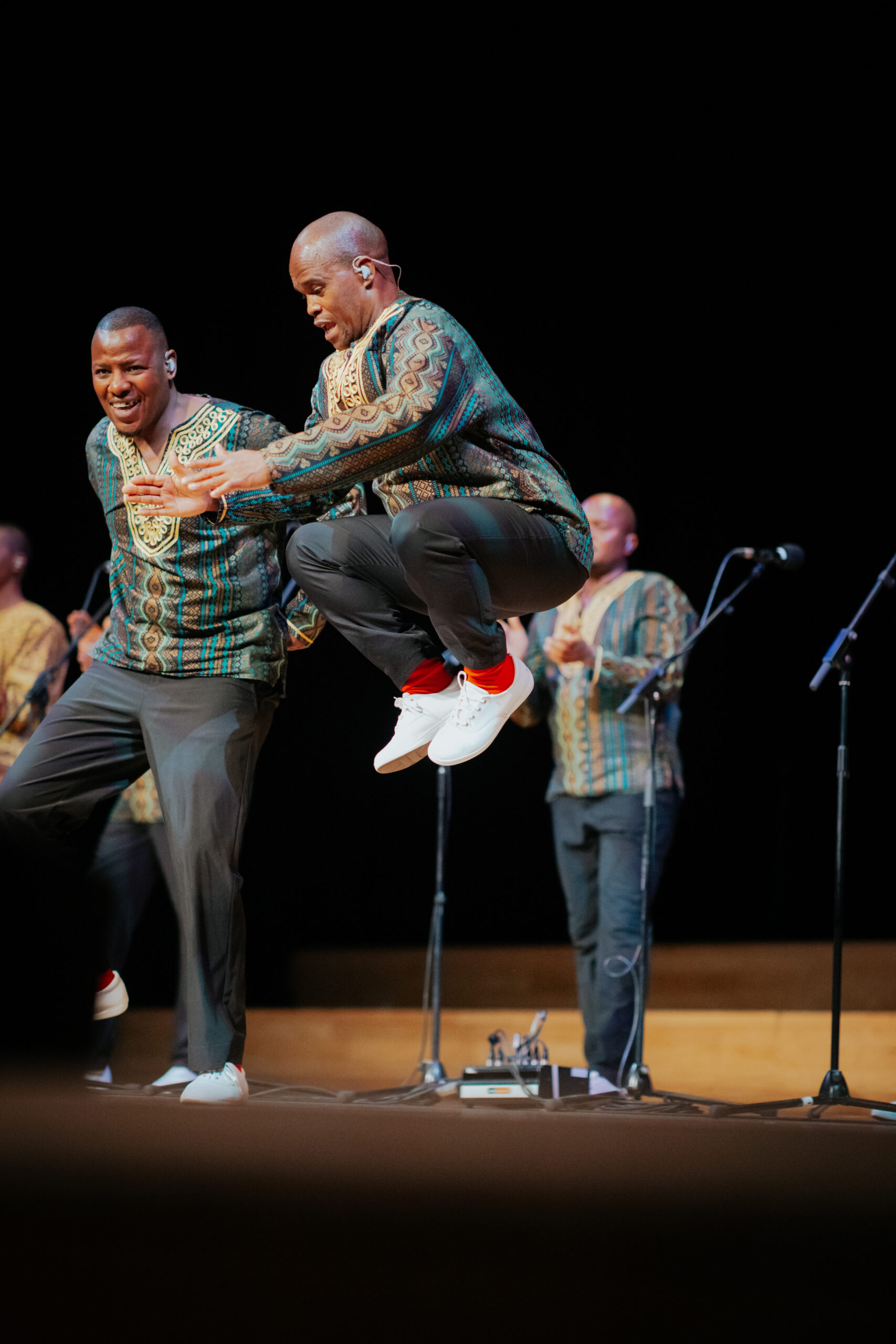 Throughout their performance, the members of Ladysmith Black Mambazo embodied what it meant to tread with tenderness. Their manifestly masculine forms moved across the stage with unfathomable stillness. They appeared almost feline and were often linked in ways that made them seem to move as one. In this way, the show lost any sense of individuality and brought viewers closer to the age-old, albeit slightly cliché notion of ubuntu.
Throughout their performance, the members of Ladysmith Black Mambazo embodied what it meant to tread with tenderness. Their manifestly masculine forms moved across the stage with unfathomable stillness. They appeared almost feline and were often linked in ways that made them seem to move as one. In this way, the show lost any sense of individuality and brought viewers closer to the age-old, albeit slightly cliché notion of ubuntu.
As I observed the spectacle and listened to the men’s words, it occurred to me that Isicathamiya is an exemplification of how black sonic traditions can provide not only a platform for artistic expression but become a catalyst for social change. Ladysmith Black Mambazo’s version of Isicathamiya defies the notion of black men as vicious, violent creatures, serving as proof of the presence of male vulnerability, harmony and softness in African historiographies.
The group’s efforts to preserve Isicathamiya include school visits and music masterclasses. Initiatives like the Ladysmith Black Mambazo Mobile Academy actively seek talented groups specialising in Isicathamiya and indigenous music, enabling them to perform alongside the legendary group. This is how Ladysmith Black Mambazo successfully passes down their cultural legacy to younger generations, creating a wealth of tradition that resonates globally.
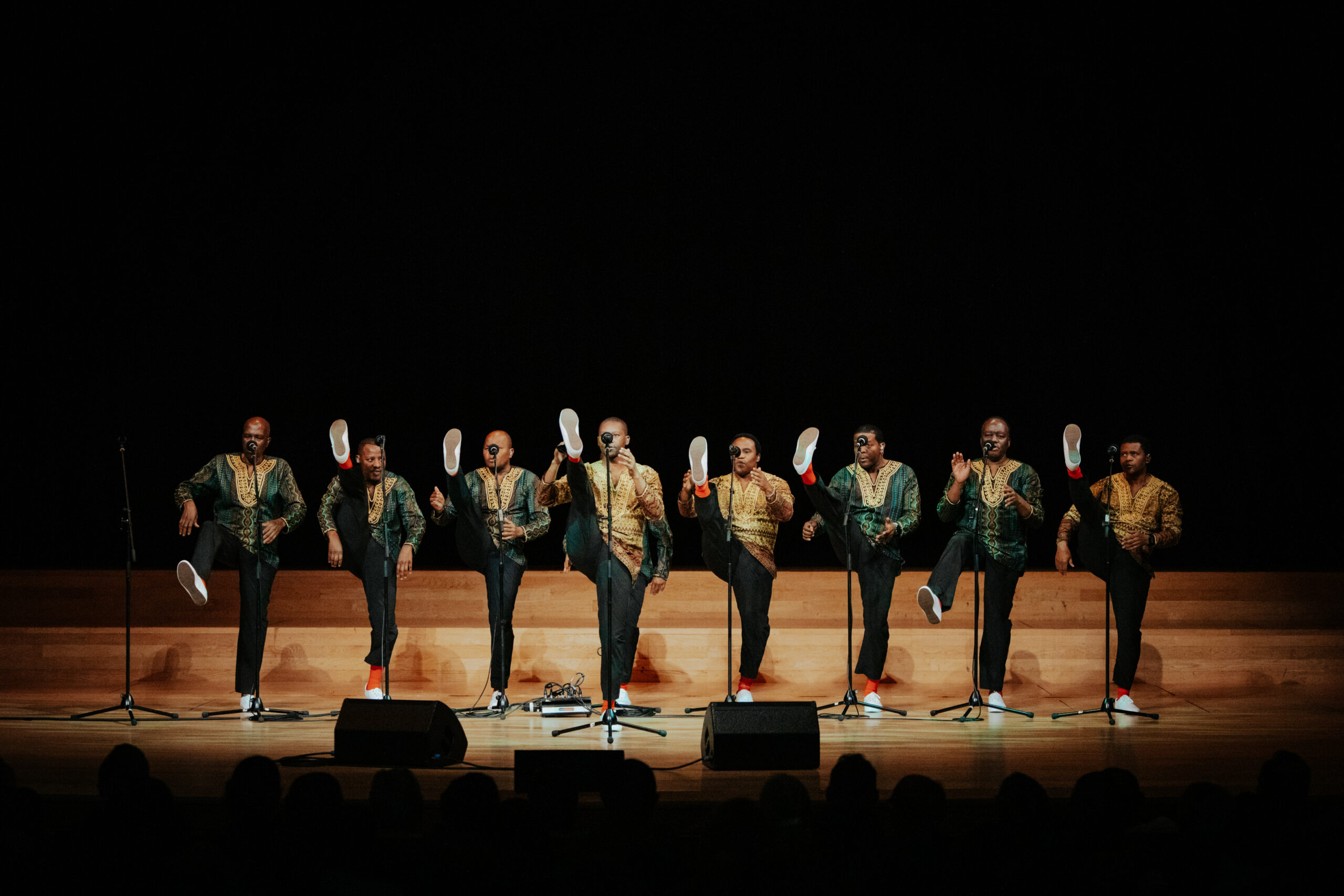
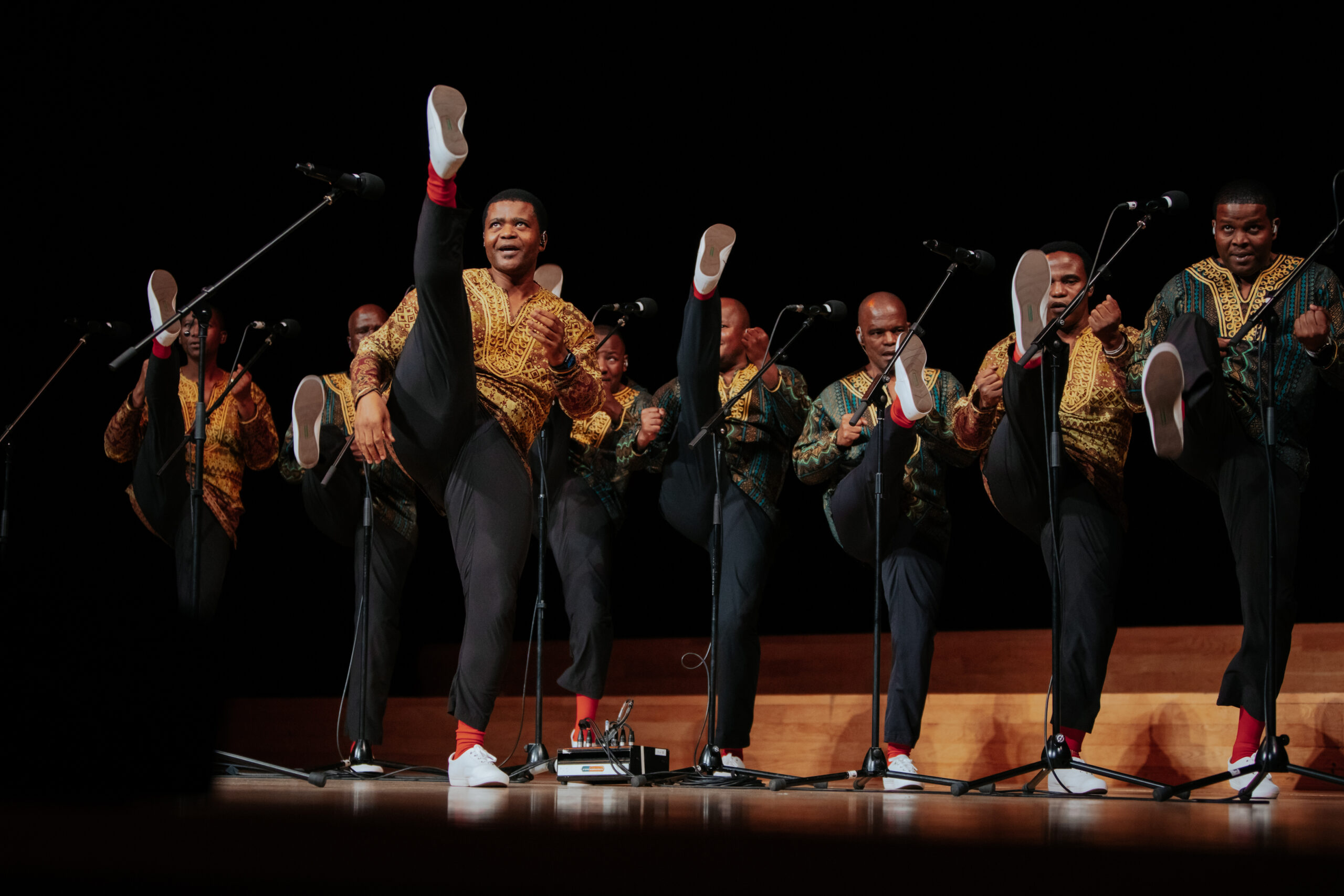
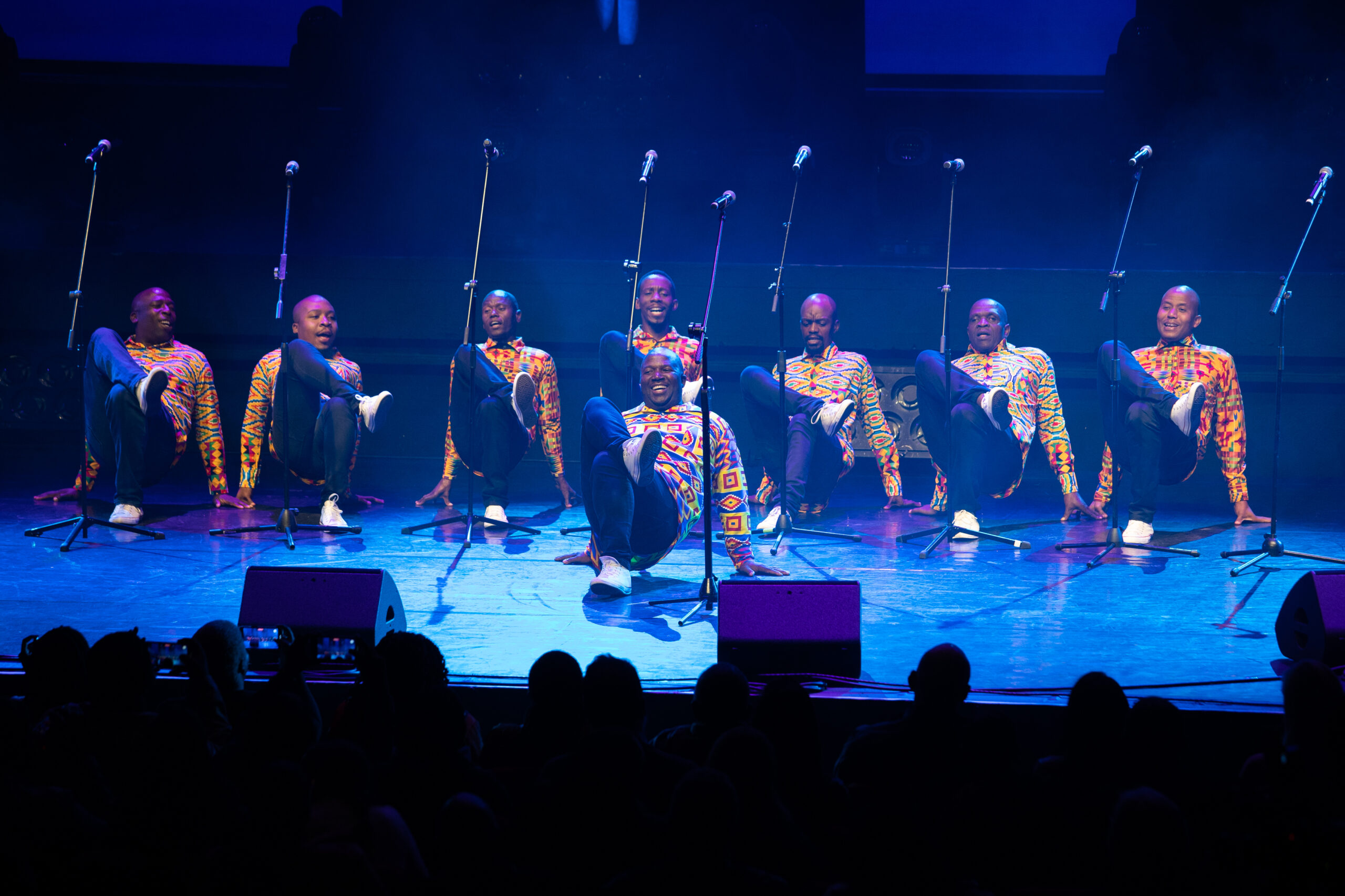
Founded by Joseph Shabalala in the 1960s, Ladysmith Black Mambazo has maintained its vital sense of legacy over the past six decades. With several male relatives and close friends, including Shabalala’s sons, the group seamlessly integrates descendants of former members. This tradition of succession has earned the group well-deserved global recognition as cultural ambassadors for South Africa. Sibongiseni Shabalala, one of the founder’s sons emphasised: “Our entire South African tour is about celebrating Africa’s and our own group’s roots and origins.”
Ladysmith Black Mambazo allows us to understand generational wealth as something far greater than mere material possessions. Even amidst the pain, poverty and political adversity, it is this cultural and generational kind of wealth that resonates within our bodies, deserving our utmost attention. Effortlessly transcending the constraints of time and space, Ladysmith Black Mambazo’s ephemeral energy encapsulates the essences of harmony, softness and pride, creating a legacy that can endure for countless generations to come.



















































